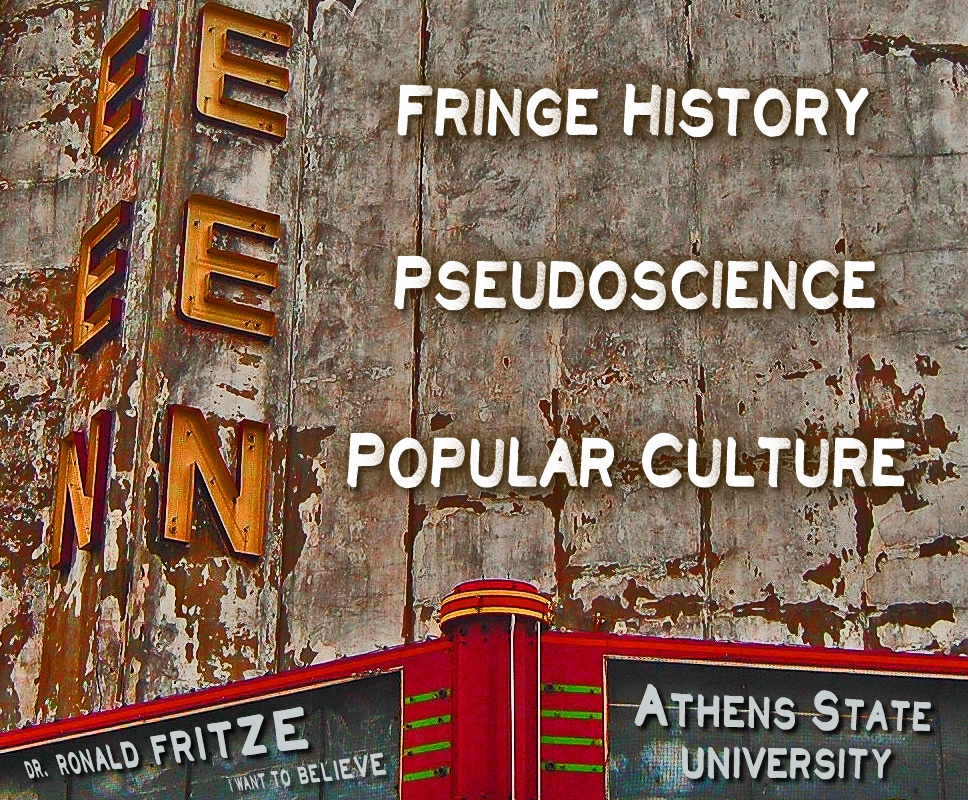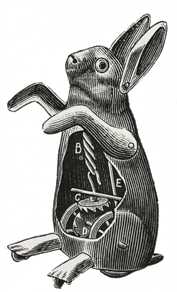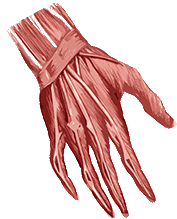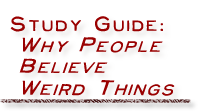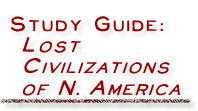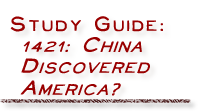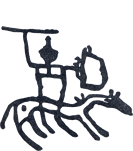
Study Guide
Why People Believe Weird Things:
Pseudoscience, Superstition, and Other Confusions of our Time
By
Michael Shermer
Forward: The Power of Positive Skepticism by Stephen Jay Gould
- How does Gould see Reason and Skepticism working together?
- What is the role of scientific procedures in combating irrational beliefs?
- How does Gould justify skepticism as a positive activity?
Introduction to the Paperback Edition: Magical Mystery Tour
- How does the use of “judgment” by both Shermer and Jesus Christ differ from that of the Objectivist followers of Ayn Rand?
- According Shermer, why are human beings pattern seekers and story tellers and what are the implications for rational and irrational knowledge and theories?
- How do Natural Selection and Spandrels contribute to the formation of beliefs among humans?
Terms:
Mental modules
Belief engine
Spandrels
Prologue: Next on Oprah
- How does Shermer define a skeptic and skepticism?
- What are the three tiers of why people believe weird things?
Terms:
Cold reading
Hot reading
False negative
False positive
Ch. 1: I Am Therefore I Think: A Skeptic’s Manifesto
- How are the scientific method and skepticism connected?
- What are the elements of scientific thinking?
- What is the essential tension in science and what is the essential tension between skepticism and credulity?
- What does Skermer see as the role of curiosity in human existence?
Terms:
Martin Gardner
Hundredth Monkey Phenomenon
Induction
Deduction
Hypothetico-Deductive Method
Hypothesis
Theory
Face (as Shermer defines it)
Construct
Objectivity
Mysticism
Rationalism
Dogmaticism
Ch. 2: The Most Precious Thing We Have
- What are the differences between science and pseudoscience and history and pseudohistory?
- What does it mean that science is cumulative and progressive and what is the significance for human knowledge?
- How does historical science and history use evidence?
- Describe the process of change in science?
Terms:
Pirsig’s Paradox
Internalist
Externalist
George Sarton
Thomas Kuhn
Paradigm
Paradigm shift
Richard Olson
Ch. 3: How Thinking Goes Wrong: Twenty-Five Fallacies That Lead Us to Believe Weird Things
- What is Hume’s Maxim and why is it important for skeptical inquiry?
- What are the problems of scientific thinking and how can they be moderated?
- What are the problems of pseudoscientific thinking and how can they be moderated?
- What are the problems of logical thinking and how can they be moderated?
- What are the psychological problems associated with thinking and how can they be moderated?
- What is Spinoza’s Dictum and why is it important for skeptical inquiry?
Terms:
Antecedent skepticism
Consequent skepticism
Anecdote
After the fact reasoning
Coincidence
Ad hominem
Reduction ad absurdum
Ideological immunity
Planck Problem
Ch. 4: Deviations: The Normal, the Paranormal, and Edgar Cayce
- Who was Edgar Cayce and what was his role in pseudoscience?
Ch. 6: Abducted! Encounters with Aliens
- What is a positive feedback loop and how is it relevant for explaining the widespread Alien abduction stories?
Terms:
Confabulation
Hypnogogic hallucinations
Ch. 7: Epidemics of Accusations: Medieval and Modern Witch Crazes
- What are the elements of a witchcraze?
- How did the witch craze operate in the Middle Ages and how is that related to hysterias about Satanic cults and Recovered Memory? How does the feedback loop apply to all of these situations?
Terms:
Moral panic
Ch. 8: The Unlikeliest Cult: Ayn Rand, Objectivism, and the Cult of Personality
- What was Objectivism?
- What are the elements that define a ‘cult’?
- What were the fallacies that turned Objectivism into a cult?
Terms:
Projection
Nathaniel Branden
Ch. 12: Doing Donahue: History, Censorship, and Free Speech
- What type of problems with debating Holocaust deniers occurred when Shermer appeared on the Donahue show?
- What strategy does Shermer consider is the best way historians to approach dealing with Holocaust deniers?
- What reasons does Shermer provide for his view that it is not a good idea to get the government to silence Holocaust deniers?
Ch. 13: Who Says the Holocaust Never Happened and Why Do They Say It?
- What are the three core components of what constituted the Holocaust as a historical event? How do Holocaust deniers deal with those three core components? How does Shermer answer the Holocaust deniers on the three core components?
- What are the six characteristics of political extremist and fringe groups?
- Describe the steps that fringe groups go throughh when they attempt enter the mainstream.
Terms:
Willis Carto
Institute for Historical Review
Mark Weber
David Irving
Robert Faurisson
Ernst Zündel
David Cole
Ch. 14: How We Know the Holocaust Happened: Debunking the Deniers
- What are the five fallacious methodologies employed by Holocaust deniers?
- What does Shermer mean when he uses the terms “convergence of evidence” and “convergence of proof”? How do these concepts apply to the professional historians’ conclusions about the Holocaust?
- How does Shermer rebut the Holocaust deniers’ contention that Hitler and the Nazis never intended to exterminate the Jews?
- Describe the Intentionalist-Functionalist Controversy.
- What the convergence of the evidence for gas chambers and crematoria being used in the extermination of Jewish prisoners in the death camps?
- What is the demographic evidence that 5-6 million Jews died in the Holocaust?
- What is the role of conspiracy theories in Holocaust denial?
- What is the moral equivalency argument that Holocaust deniers apply to the Holocaust?
Terms:
Albert Speer
Consilience of inductions
Snapshot fallacy
Ausrotten
Einzatzgruppen
Wannsee Conference of 1942
Ch. 15: Pidgeonholes and Continuums: An African-Greek-German-American Looks at Race
- What does Shermer have to say about race being based on biology and/or culture?
Ch. 16: Dr. Tipler Meets Dr. Pangloss: Can Science Find the Best of All Possible Worlds?
- Who are Drs. Tipler and Pangloss and what do they have in common?
Terms:
Alfred Russel Wallace
Hyper-adaptationism
Ch. 17: Why Do People Believe Weird Things?
- How does Shermer define a “weird thing?”
- Describe how each of the motivation for believing weird things works?
- Credo consolans
- Immediate gratification
- Simplicity
- Morality and meaning
- Hope springs eternal
Ch. 18: Why Smart People Believe Weird Things?
- How does Shermer define ‘weird things’ in this chapter?
- What is the Hard Question and what is the Easy Answer?
- What is the relationship between willingness to believe weird things and:
- Intelligence
- Gender
- Age
- Education
- Personality
- Locus of control
- Influence
- Define intellectual attribution bias and confirmation bias and describe how they allow smart people to believe weird things.
Terms:
Contingency
Orthogonal
General Concluding Questions
- What does Shermer mean when he says “science” is a “method?”
- How is science a self-correcting enterprise?
